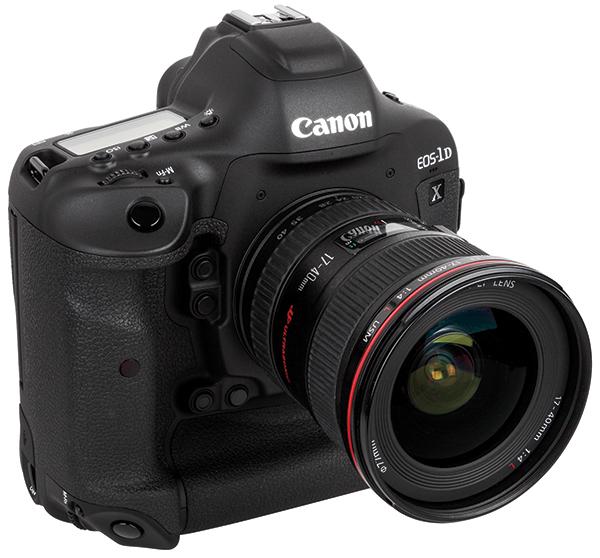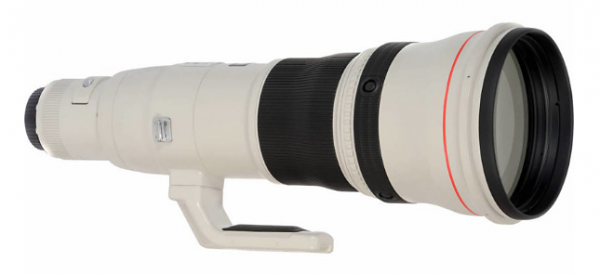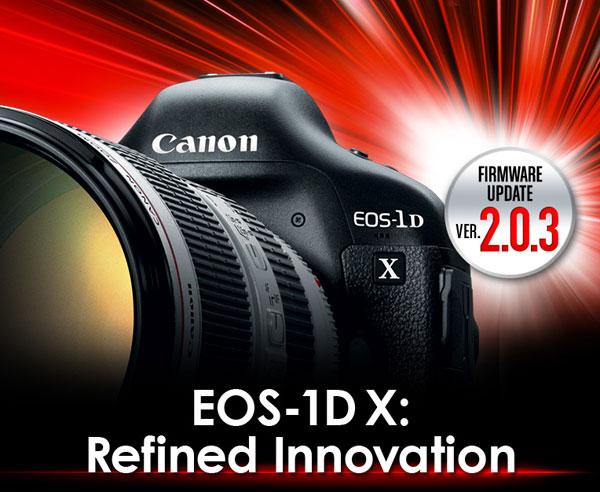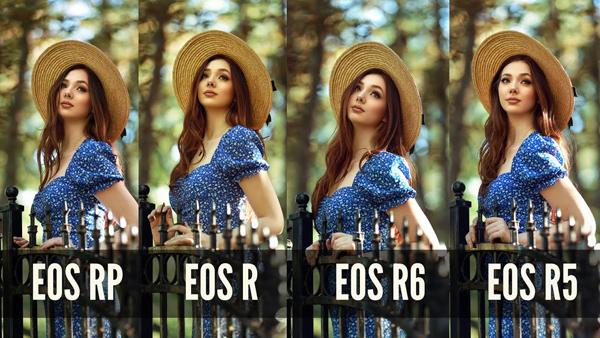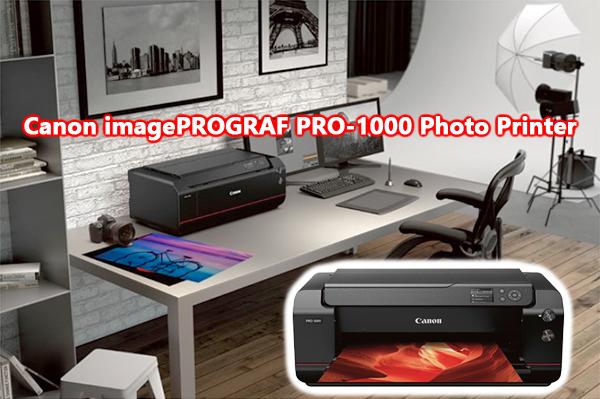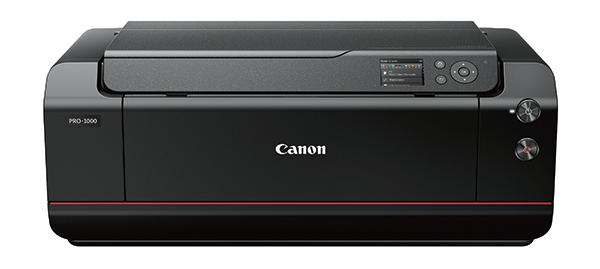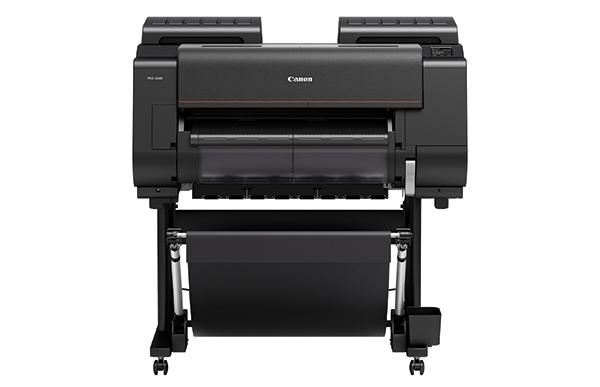News
Sort By: Post DateTitle Publish Date
|
Mar 08, 2019 |
|
Aug 16, 2016 |
|
Sep 20, 2016 |
|
Jan 14, 2020 |
|
Jul 20, 2016 |
|
Jul 02, 2021 |
|
Jan 07, 2015 |
|
Mar 25, 2022 |
|
Feb 19, 2016 |
|
Feb 10, 2017 |
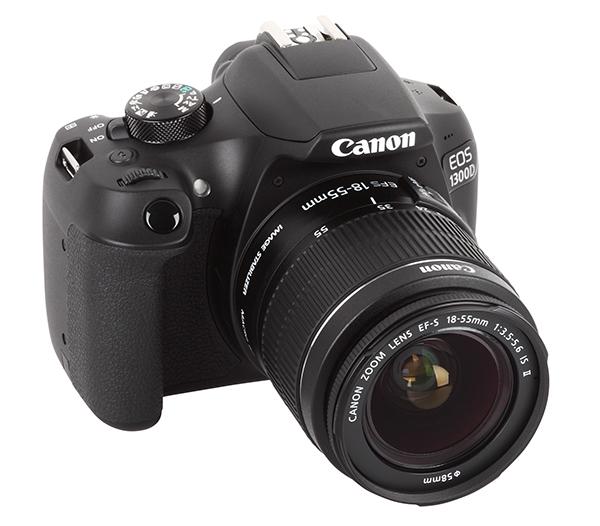
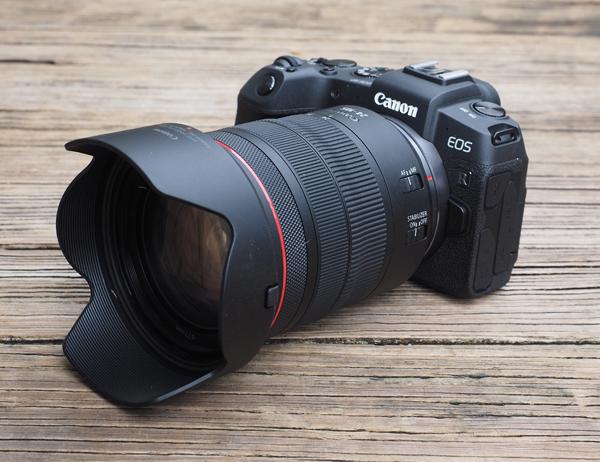

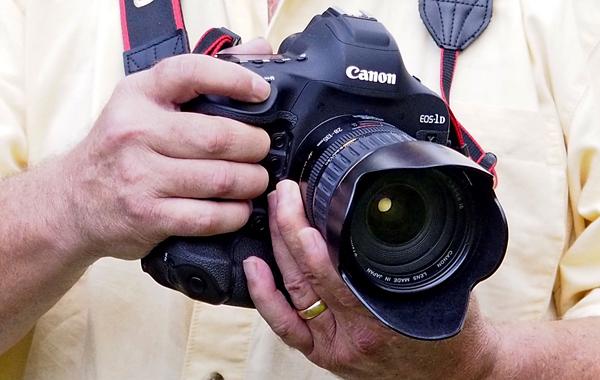
 I’m one of those guys who likes to sit down with a new camera, peruse the manual, familiarize myself with the controls, and configure my custom settings before heading out on a maiden voyage. But shortly after arriving in Newport, RI, to join a group of journalists testing Canon’s new EOS-1D X Mark II flagship professional full frame DSLR, I was handed a camera and a bag of lenses and off we went.
I’m one of those guys who likes to sit down with a new camera, peruse the manual, familiarize myself with the controls, and configure my custom settings before heading out on a maiden voyage. But shortly after arriving in Newport, RI, to join a group of journalists testing Canon’s new EOS-1D X Mark II flagship professional full frame DSLR, I was handed a camera and a bag of lenses and off we went.